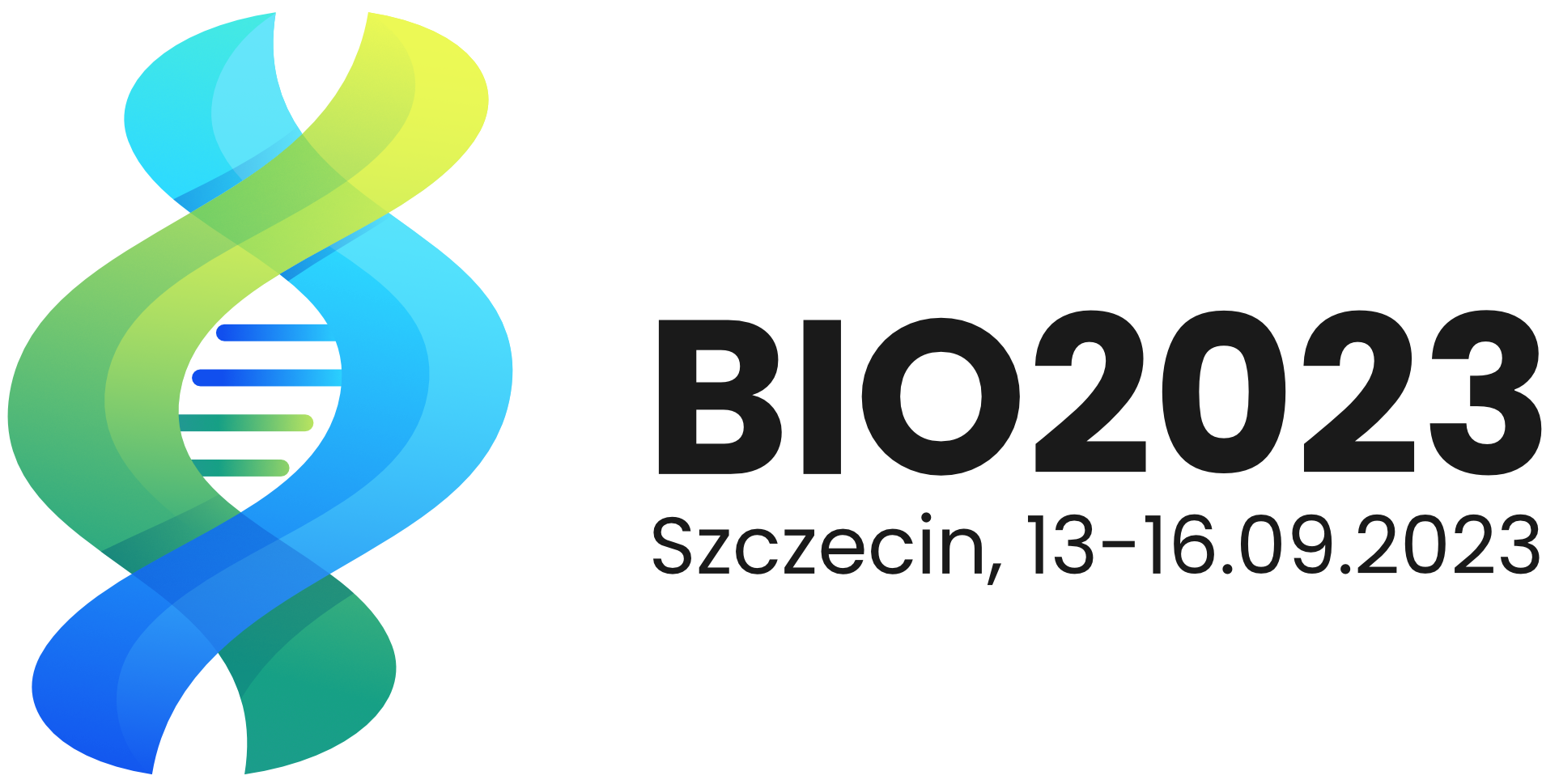Firms’ oral presentations
List of oral presentations given by the companies during the scientific sessions.
THURSDAY, 14 SEPT 2023
ROCHE DIAGNOSTICS POLSKA
SESSION XI. NEW TRENDS IN MEDICINE – DIAGNOSTICS AND THERAPY
Thursday, 14 SEPT 2023
12:40 – 12:50
Hall 117
Dr Jakub Nowak, Roche Diagnostics Polska Sp z o.o
Roche-digital PCR-Take the leap from research to producing clinically viable assays
The unique characteristics of digital PCR give it signifi- cant potential to impact clinical research in oncology, in- fectious diseases, transplant and other areas. Recent and significant improvements in dPCR systems are leading labs to push the boundaries of clinical research. The Roche Digital LightCycler® System, is the digital PCR instrument of tomorrow. With a unique combination of 3 nanowell plate configurations, 6 advanced optical channels, and 5x concentrated DNA and RNA master mixes, it has the po- tential to help your lab to make the leap from publishing research to producing clinically viable assays. System that combines sensitivity, precision, flexibility, and integration in one powerful clinical research tool. It was designed to help laboratories push forward the boundaries of clinical research and has the potential to advance global medical knowledge.
PRO-ENVIRONMENT POLSKA
SESSION IX. CLINICAL BIOCHEMISTRY
Thursday, 14 SEPT 2023
12:25 – 12:45
Hall 117
SESSION X. STEM CELLS BIOCHEMISTRY
Thursday, 14 SEPT 2023
11:10 – 11:20
Hall 117
Marek Michałowski, MSc; Pro-Environment Polska Sp. z o.o.
Modern technologies for stem cells and organoids imaging – an indispensable tool for biology understanding
Stem cells and organoid biology is recently one of the most developing area of cellular sciences. Automated Imaging Cytometry and High Content Screening Microscopy offers standardized and quantitative tools for imaging, measuring and analyzing stem cells differentiation, 3D structure formulation and organoid behavior. Both technologies are very useful for basic research as well as for therapy or drug development. Automated Image Cytometry is dedicated for basic analysis of cells and spheroids giving opportunity to choose experimental conditions for High Content Screening samples imaging. Separately Imaging Cytometry and High Content Screening are powerful tools for advanced stem cells and organoids study. The lecture covers presentation of AIC and HCS technology and applications.
Session VI. RNA STRUCTURE, FUNCTION AND REGULATION
Thursday, 14 SEPT 2023
12:50 – 13:05
Hall 116
Magdalena Muszyńska1, MSc, Daisy Paiva2, PhD
Pro-Environment Polska Sp. z o.o; Dynamic Biosensors GmbH, Munich, Germany
switchSENSE® and RT-IC for biophysical characterization – from small molecules to cells
switchSENSE® is an automated, fluorescence-based biosensor chip technology that employs electrically actuated DNA nanolevers for the real-time measurement of binding kinetics (KON, KOFF) and affinities with KD values down to the fM range. Fluorescent dyes located on the biosensor surface detect the interaction of ligand and analyte molecules in different ways. Association and dissociation of analyte molecules can be observed in real-time. In addition, the high frequency dynamic electrical switching mode probes the hydrodynamic friction of analyte molecules and serves to determine the size and shape of biomolecules. When analytes bind to oscillating DNA nanolevers on the sensor spots, the nanolever movement is slowed by the additional friction imposed by the analyte, thereby revealing its size changes. The two measurement modes mentioned enable to both resolve fast kinetics and characterize tight binders with confidence using advanced microfluidics and improved signal stability. Another unique, advanced technology that our platform enables is Real-Time Interaction Cytometry (RT-IC), a novel technology that allows characterization of therapeutic antibodies with their targets within their native environment to obtain physiologically relevant kinetic data with high in vivo predictability. RT-IC employs chips functionalized with polymer cages that physically retain single cells in the microfluidic channel. Suspension or adherent cells can be loaded into the cages by an automated workflow using only a few microliters of sample. Antibodies labelled with standard dyes are subsequently injected into the microfluidic chip under continuous flow allowing the measurement of association and dissociation kinetics of antibodies to/from cell surface antigens in real-time.
NANOTEMPER TECHNOLOGIES
SESSION IX. CLINICAL BIOCHEMISTRY
Thursday, 14 SEPT 2023
12:45 – 13:05
Hall 117
Piotr Wardega, Pawel Kania; NanoTemper Technologies Sp.z o.o.
Characterize your most challenging interactions with two independent technologies. The New Monolith X
Knowing the strength of the interactions between key players is crucial to get the insights you need to understand the details behind how a given biological event occurs. The new Monolith is the latest solution we provide to our customers who wish to quantify their biomolecular interactions of any kind in any experimental conditions. Monolith utilizes two proprietary technologies- MST as well as our newest addition to the portfolio- isothermal spectral shift. MST technology allows for quantification of molecular interactions between a target and ligand by detecting changes in fluorescence intensity while a temperature gradient is applied over time. The fluorescent signal comes from the target that is either fluorescently labeled or has intrinsic fluorescence and becomes an extremely sensitive reporter for the interaction. Isothermal spectral shift in order to quantify a molecular interactions utilizes an experimental procedure during which a fluorescently labelled target generates a particular emission spectrum, and if a ligand binds to this target, the fluorophore’s local chemical environment is changed, causing a shift in its fluorescence spectrum. This Monolith detector exploits this phenomenon by performing ratiometric measurements at two emission wavelengths of a labelled target in the presence of various concentrations of a ligand [1]. In both of the detectors types which can be combined in a Monolith instrument- the binding affinity is automatically determined at the end of each run without additional and lengthy data analysis. Monolith enables characterization of in solution interactions for a wide range of biomolecules, even for challenging samples such as membrane proteins, intrinsically disordered proteins, small molecules and cell lysates. Since the binding partners are in solution, there is no lost activity due to immobilization, and evaluation is size independent. Measurements can be performed in any buffer, including detergents, using low sample volumes and concentrations. The collected data analysis also facilitates the evaluation of competition assays and ternary binding events. Monolith provides a valuable orthogonal method to validate your results from other biophysical methods and to characterize your most challenging interactions.
References
[1] Langer A, Bartoschik T, Cehlar O, Duhr S, Baaske P, Streicher W. Assay Drug Dev Technol. 2022 Feb-Mar;20(2):83-94
ALTIUM INTERNATIONAL
Session IV. METABOLISM AND OMICS
Thursday, 14 SEPT 2023
11:00 – 11:20
Main Auditorium
Joanna Zimniak; Altium International Sp. z o.o.
Tools for real-time metabolism analysis in live cells and for exploring heterogeneity of samples with single cell transcriptome resolution
Metabolism is a key feature and critical indicator across a range of research areas. Agilent Seahorse XF metabolic analyzers and test kits make cellular bioenergetic studies simple, efficient and user-friendly. Agilent Seahorse XF metabolic analyzers are the most cited and most used technology platform for measuring cell metabolism in live cells in real time. XF analyzers are the only commercially available instruments for scientific research that simultaneously measure the two major energy producing pathways of the cell – mitochondrial respiration and glycolysis – in living cells, in a microplate, in real time and does not require the addition of dyes, labels, or reporters. Researchers are utilizing Agilent Seahorse XF technology for faster, better, and more accurate measurements of cellular metabolism. ScaleBio technology for single cell sequencing unlocks detailed information about the complexity of cells and has transformed our understanding of cellular biology. Many single-cell phenotyping applications rely on surveying many cells in a population to get a full picture of the cellular architecture in a tissue or disease model. With combinatorial indexing technology from ScaleBio, single-cell studies can be massively scaled to accomodate larger projects, expanding our knowledge of cell phenotypes in many areas of research. This instrument-free workflow only requires reagent kits, basic laboratory equipment, and simple plastics.
BECTON DICKINSON
Thursday, 14 SEPT 2023
11:35 – 11:50
Hall 114
Dr. Uwe Speck, Application Specialist, BD Biosciences
Visualize the difference with real-time imaging technology for flow cytometry
BD launched during Cyto conference new Cell Sorter – FACSDiscover™ S8 equipped with completely new BD CellView™ Image Technology and BD SpectralFX™ Technology. It’s the first spectral flow cytometer sorter with sort-capable image analysis.
These new technologies are bringing information about cells that was previously invisible in traditional flow cytometry experiments. Image-based cytometry enables you to answer complex biological questions, such as how cells grow, function and interact, or to study exact locations of viruses or proteins within a cell, all at a highly accelerated pace.
FRIDAY, 15 SEPT 2023
IKA POLAND
Session XIV. BIOMATERIALS, CELLS AND THEIR INTERACTIONS
Friday, 15 SEPT 2023
11:05 – 11:20
Hall 116
Bartosz Wierzbicki, IKA Poland Sp. z o.o.
IKA Habitat – new approach in cell growth and fermentation
IKA laboratory technology offers a wide range of innovative equipment for numerous applications in research and development. Market leaders trust in our proven technology for their mixing, heating, distilling and crushing applications. IKA has gained a leading position in the world market with its innovative magnetic stirrers, mixers, overhead stirrers, shakers, homogenizers, rotary evaporators, calorimeters, laboratory reactors and specially developed software for laboratory and analysis applications. With IKA laboratory equipment for the life sciences sector, the individual steps of preparing samples can be carried out reliably and quickly. Cell growth and fermentation – HABITAT research is the smart laboratory bioreactor from IKA. As the first bioreactor with a lid stand, it ensures ergonomic working and a well-organized laboratory. To operate HABITAT research, you only need a control unit package and a vessel package. For sensitive cell cultures such as mammalian cells, select the cell variant, with gassing rates from 0 – 2000 cc/min. If you decide to use the photobioreactor, the photo version with LED panels is perfect for you. The suffix ‘cct’ in each package indicates that there are connection options for three additional sensors: turbidity, CO2 and conductivity. The second step is to complement your control unit package with the vessel package that matches your application and working volume. And you’re ready to go.
Honorary and Scientific Patronages

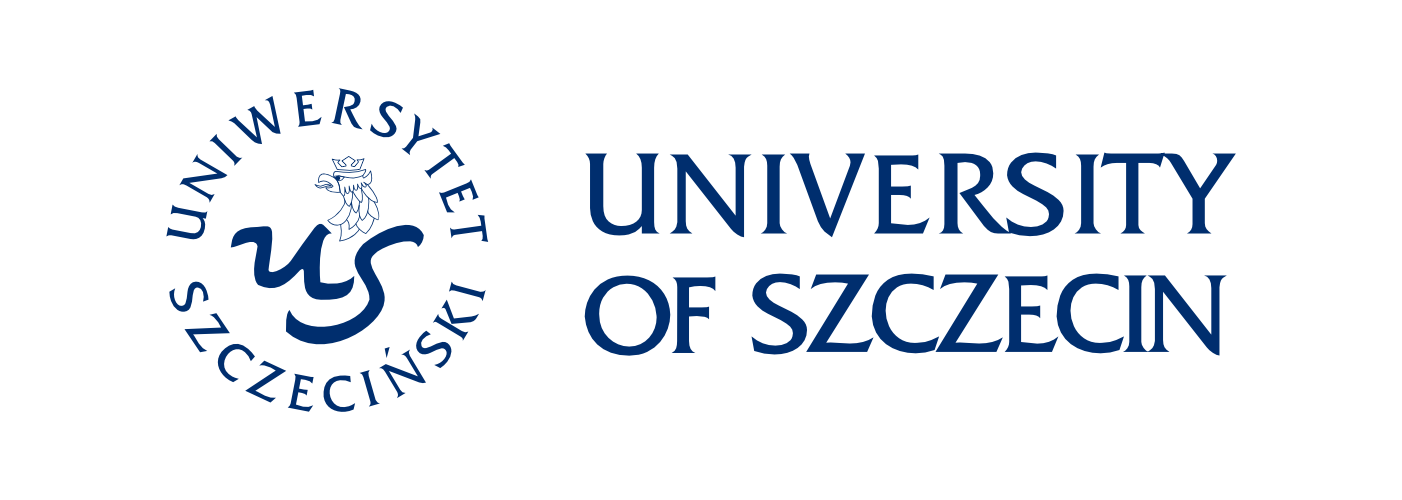
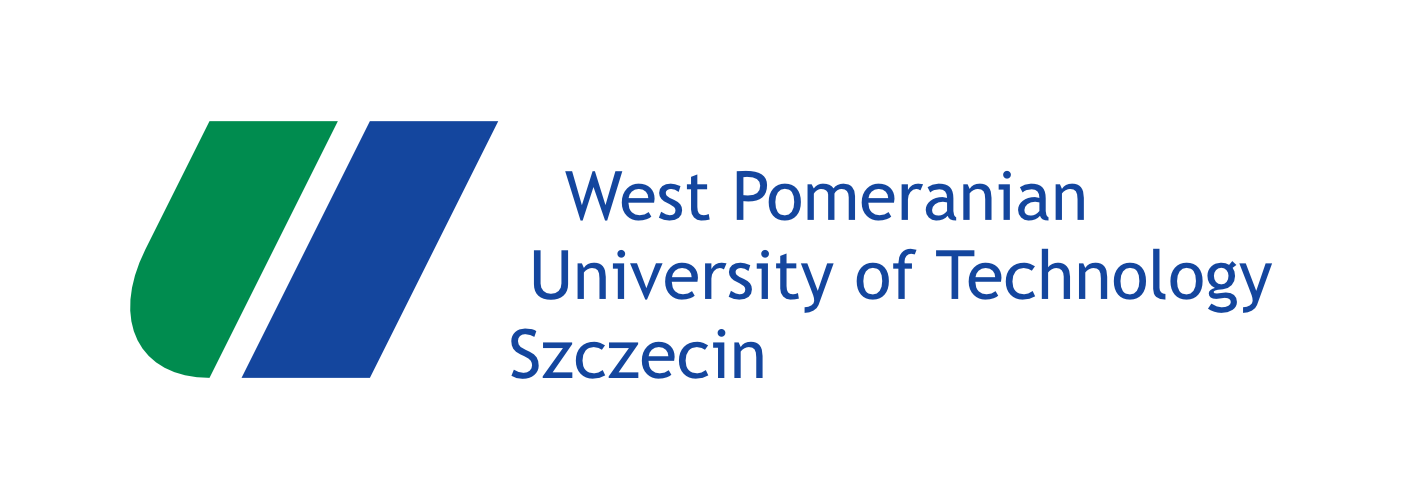
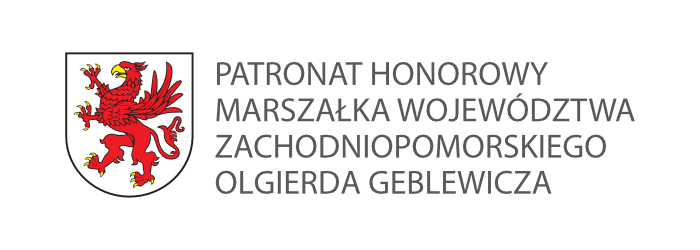


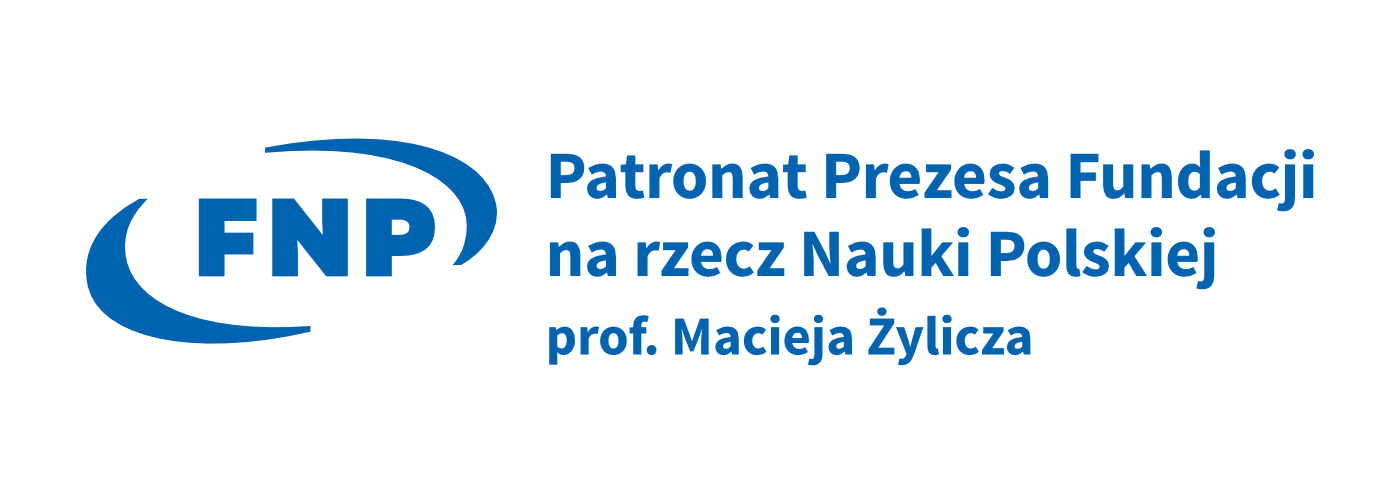







Media Partner
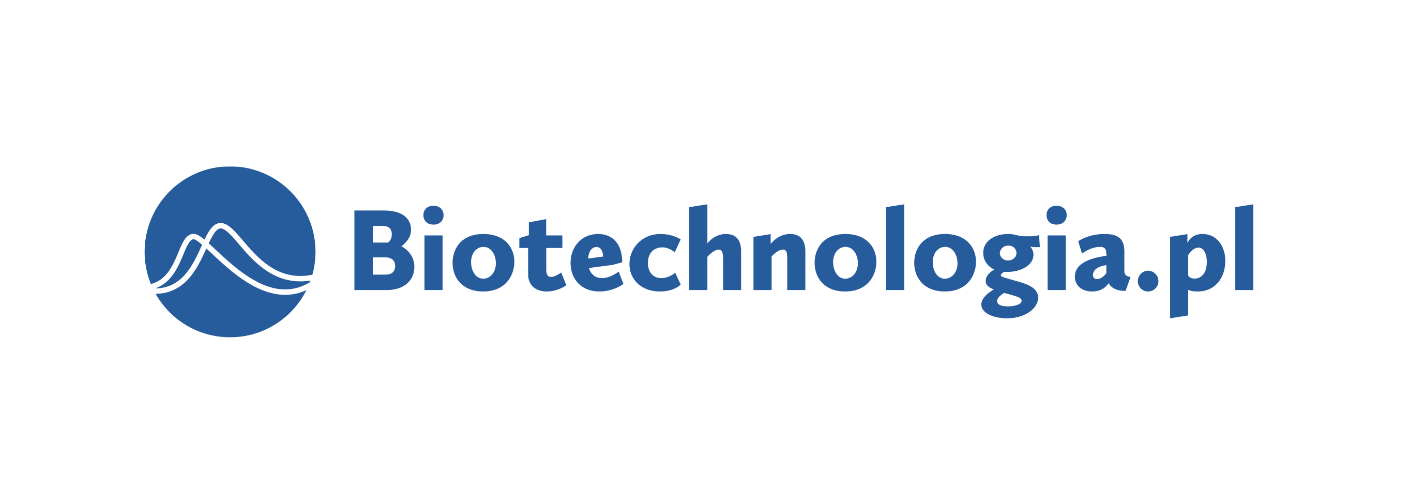


Project entitled: 5th Congress BIO2023 - Szczecin co-financed from the State budget under the program of the Minister of Education and Science under the name "Excellent Science" project number: DNK/SN/546993/2022. Amount of financing PLN 100,000, total project value PLN 458,300
Task description: the main aim of the planned conference is to present the latest notions and original sudies in the field of Life Sciences (biochemistry, cell biology, biophysics, biology molecular, biotechnology and (bio)medicine).
